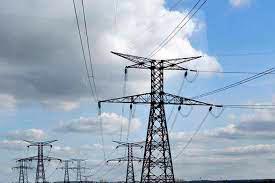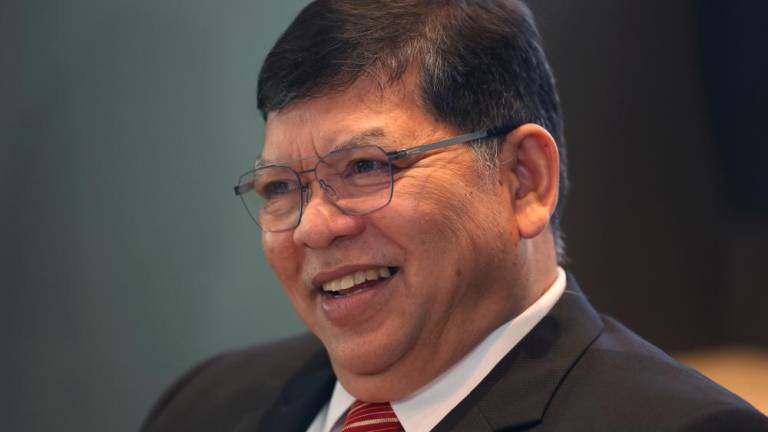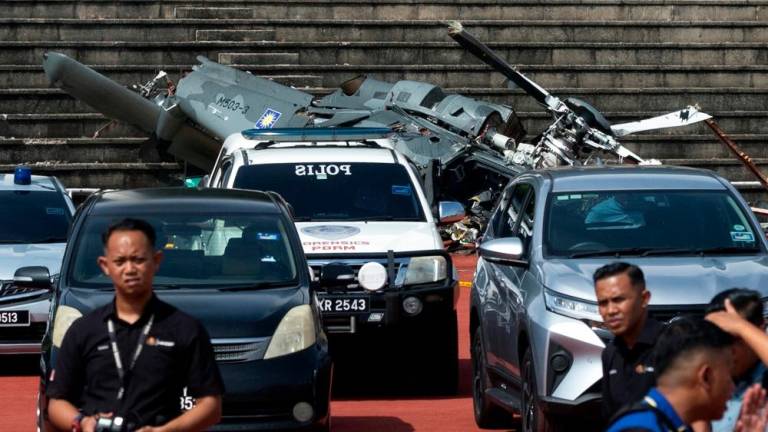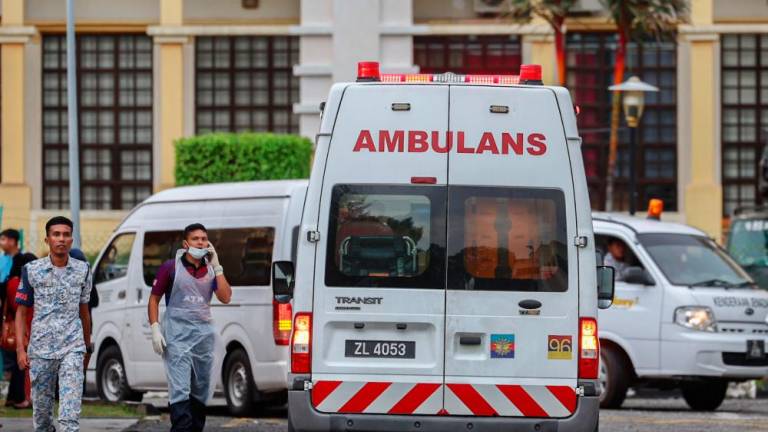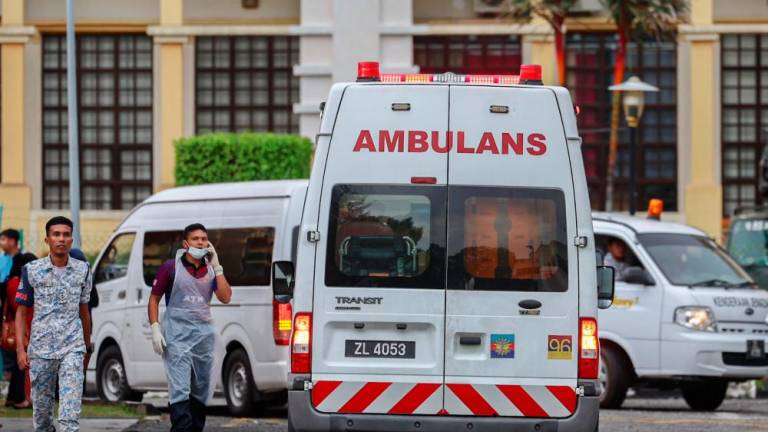THE global resources supply and demand situation has been volatile lately. Are we having right policies to ensure Malaysia is better prepared to manage spikes in prices and their impact on local consumption and manufacturing sectors?
The catalysts for volatility include the intermittency of renewable energy (RE) in overall fuel mix, fragile global liberalised electricity market, supply play by the Organization of the Petroleum Exporting Countries and non members (Opec+), unclear transition path to net zero and now the Russia-Ukraine war. Affordable and continuous supplies of energy resources are vital for seamless economic and social operations while meeting sustainable targets.
Energy price situation for the first half of 2022
Between January 2022 and February 2022 Brent crude oil price hovered above US$80 per barrel. Beginning March 2022 the price begins to hover above US$90 per barrel with sharp temporary spikes above US$120 per barrel. Since May 2022, prices have moved above US$110 per barrel and sometimes reaching US$120 per barrel. This sustained increase will increase the energy prices for petrol and diesel immediately.
In addition to that, cost impact to liquefied natural gas (LNG) and coal will kick in and impact electricity generation cost as well as manufacturing sector’s operational cost. Coal price has doubled in the first quarter of 2022 compared to first quarter of 2021. The natural gas price also has doubled compared to the first quarter of 2021.
On the contrary, local electricity subsidy allocation is reduced from RM80 million in 2021 to RM78 million in 2022 in Budget 2022. The increase in LNG and coal prices will tilt the imbalanced cost pass through (ICPT) into a higher surcharge beginning July 1 until Dec 31 this year. Since ICPT came to implementation beginning 2014, it has passed rebates as well as surcharges for all business consumers and domestic consumers with electricity usage above 300kWh or RM77 monthly bill in Peninsular Malaysia.
According to National Energy Balance 2019, transport sector takes up 38% of final energy consumption followed by industry sector (28%). Transport sector’s final energy consumption increased from 16,119 kilo tonne oil equivalent (ktoe) in 2009 to 25,004 ktoe in 2019 which is an increase of 55.12%. As for industry sector’s final energy consumption, it increased from 14,312 ktoe in 2009 to 18,921 ktoe in 2019 which is an increase of 32.20%. The domestic and commercial sector’s final energy consumption increased from 6,336 ktoe in 2009 to 8,000 ktoe in 2019 which is an increase of 26.26%.
What must Malaysia do?
1. Establish Energy Price Stabilisation Fund
Almost a decade ago, Association of Water and Energy Research Malaysia (Awer) has proposed Energy Price Stabilisation Fund which is derived from the sales of energy resources when the global energy price drops. This fund will act as a buffer to protect energy prices from sudden spike and its subsequent impact to prices of goods and services. It operates with upper and lower limits of a current market price and move following the trend of the market prices. This fund is not a subsidy scheme. Unfortunately, this suggestion was never implemented and we are at the current juncture trying to contain the negative impacts of energy price increases repeatedly. Now, the government must develop this fund due to volatility of energy price globally.
2. Optimise energy efficiency implementation
Awer has also proposed many solutions to reduce energy usage via energy efficiency policies across the board to ensure we optimise energy usage and reduce operating cost via policy interventions as well as innovations. It is well known that energy efficiency drive in Malaysia is still far away from already available and affordable technological solutions. This situation has to change rapidly. In our memorandum on 12th Malaysia plan to the government, we have outlined a number of solutions to enhance energy efficiency implementations across the board.
3. Transparency of Regulatory Period 3 (RP3) for electricity sector
The government was transparent in the Regulatory Period 1 and 2 by publishing relevant documents publicly. Unfortunately, Energy Commission (ST) has yet to publish RP3 information in their website till date after announcing the RP3 implementation few months ago. Thus, minister in charge of energy must direct ST to release this information immediately to assist all stakeholders to forecast their operation risks during RP3.
4. Reduce electricity reserve margin
Report on Peninsular Malaysia Generation Development Plan 2021 is yet to be published and this Planning and Implementation Committee for Electricity Supply and Tariff (JPPPET) document should have been released in first quarter of 2022. The projected reserve margin jumped from 32% in 2020 to a 52% in 2021 and to be at 51% in 2022 based on reports published by ST. The reserve margin is projected to be above 40% until 2027.
Since 2014, when ST begun a number of direct negotiation power plant awards beginning with Track 4A (Pasir Gudang), Awer has warned high reserve margin situation back then. The last direct negotiation power plant project was awarded in 2019. Higher reserve margin will pass high system cost to electricity tariff. Moreover, based on ST’s report in 2013, JPPPET criteria for reserve margin is loss of load equivalent (LOLE) at <= 1 day. This is equivalent to 22% reserve margin benchmark to developing economies.
Now, the government must find solutions to reduce the electricity reserve margin. The government must also take action against energy ministry officials, ST and its former commissioners for this blunder.
5. Monitor prices of products and services
When the government reduces subsidy and causes fuel prices to increase or passes surcharge under ICPT, its agencies must develop price increase indicators for various sector. Awer nhas urged the government to develop this mechanism to assist consumers and the enforcement agencies to ensure there is no profiteering or exorbitant price increases that impact living cost.
Unfortunately, we do not see such indicators being published to assist consumers and warn business sectors. So, when this situation remains unchecked, consumers will continue to be impacted.
Similarly, government agencies must stop issuing canard statement like the recent ICPT surcharge will not impact domestic consumers. In reality, domestic consumers use about 20% of electricity generated and a surcharge to business sectors that uses 80% electricity generated will pass on cost to consumers via price of goods and services. Thus, such irresponsible acts must stop.
This article is contributed by Piarapakaran S, president of the Association of Water and Energy Research Malaysia (Awer), a non-government organisation involved in research and development in the fields of water, energy and environment.



